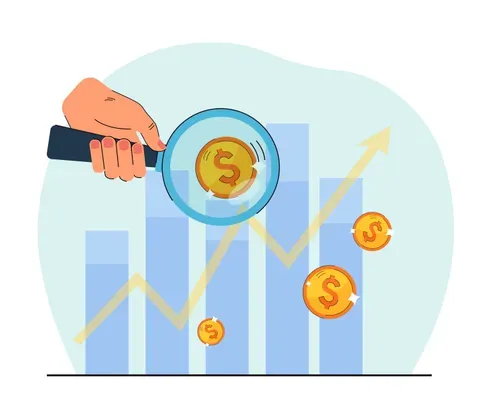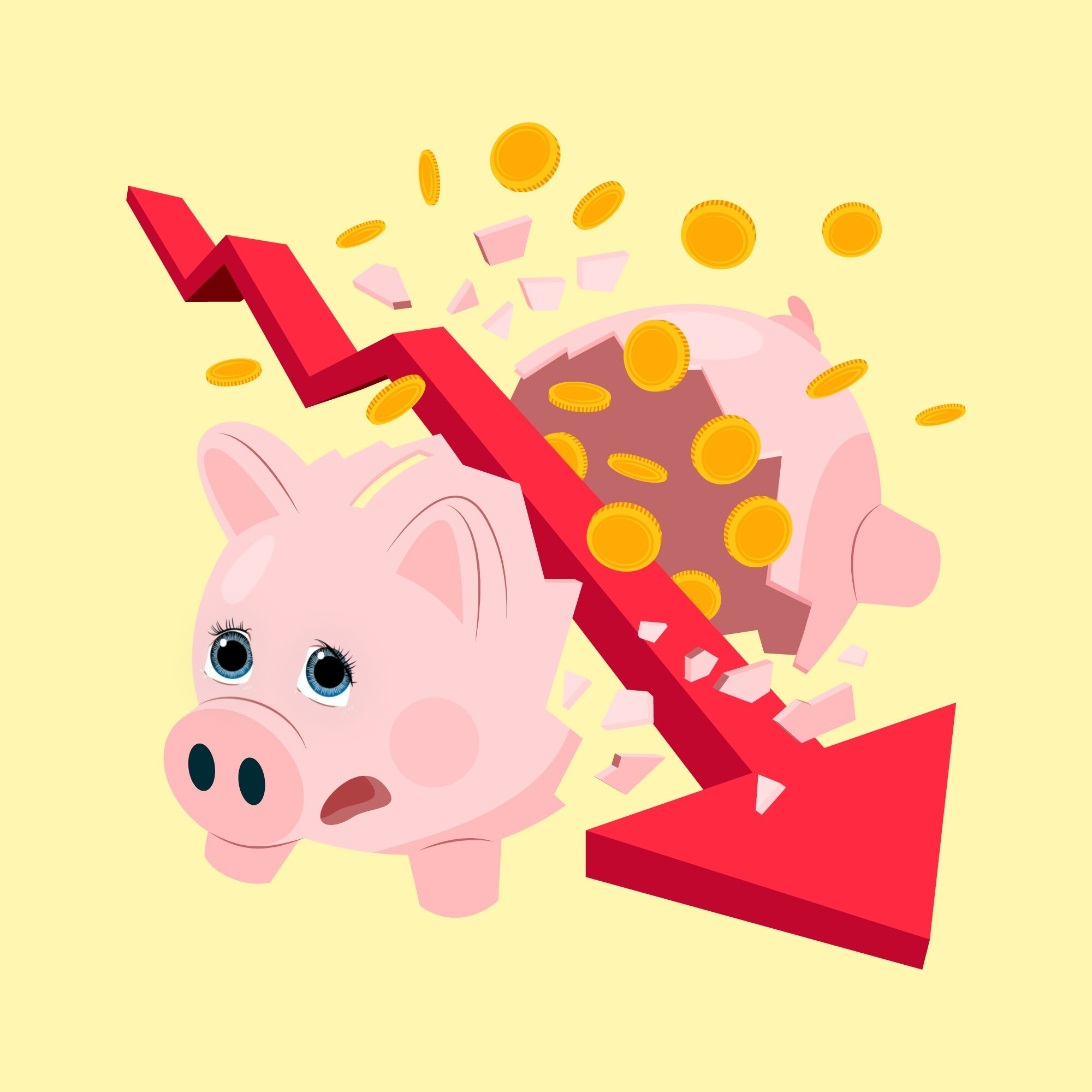The Echoes of 1929: Lessons from the Great Depression
The Great Depression, an economic cataclysm that began with the infamous Wall Street Crash of 1929, reverberates profoundly in economic discourse today. This period marked the most severe global economic downturn in modern history, characterized by devastating declines in industrial production, trade, and employment. The crash was precipitated by speculative excesses and a fragile banking system, which ultimately led to a crippling deflationary spiral. As liquidity dried up, businesses faltered, and unemployment soared, creating a domino effect that reshaped societies worldwide.
 Economic Downturns: Pixabay
Economic Downturns: Pixabay
Socially, the impact was catastrophic. Millions found themselves jobless, standing in breadlines, and facing poverty. This desperation fueled radical political ideologies, paving the way for extremist movements and authoritarian regimes across Europe. The societal fabric was torn, as economic deprivation led to widespread discontent and instability. The Depression taught us that economic health is intricately linked to social welfare; when one suffers, so does the other.
Economically, the Depression revealed the dangers of unchecked speculation and inadequate fiscal safeguards. Prices plummeted, profitability eroded, and investment ceased, stalling growth and prolonging recovery. This period underscored the necessity for robust economic frameworks and regulatory measures to prevent similar calamities. Today, economists reflect on these lessons to navigate current fiscal challenges, emphasizing resilience and stability to avoid repeating history.
In summary, the Great Depression remains a pivotal chapter in economic history, offering vital insights into the interplay between economic policies and societal impacts. Modern economists continue to study this era to better understand how to shield economies from future shocks and ensure sustainable growth.




